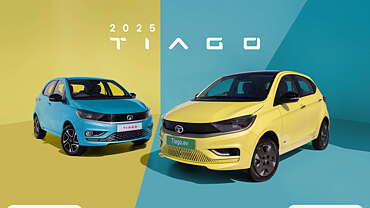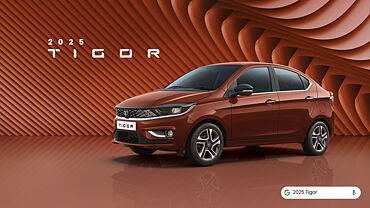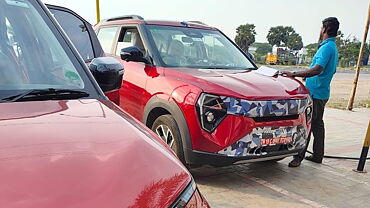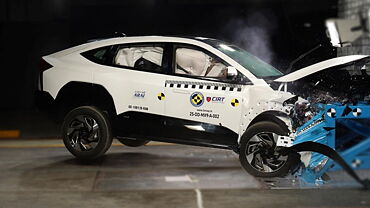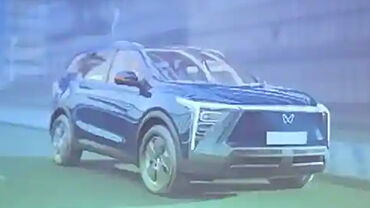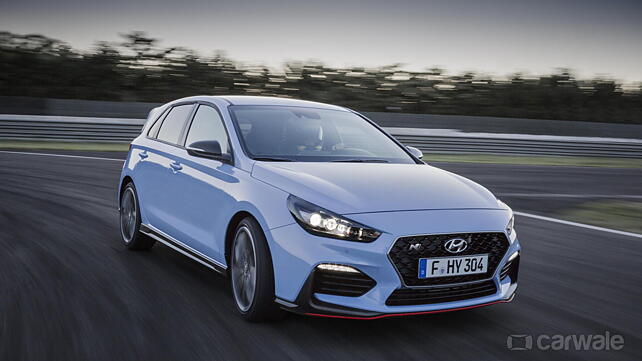
The performance-focused i30 N marks a new ear for Hyundai, a brand that has been synonymous with value and practical motoring. It is, after all, the first proper hot hatchback from Hyundai’s N sub-brand that will eventually roll out a number of high power models.

The ‘N’ stands for Namyang, Hyundai’s global R&D centre in Korea, where the idea was born, and for the Nurburgring, home to Hyundai’s European test centre, where the N line-up was further developed and tested.

Design wise, the i30 N features an increased wheel arch with 18-inch wheels or 19-inch wheels, carrying the N logo. Compared to the five-door version, the i30 N is 4 mm lower with 18-inch wheels and 8 mm lower with 19-inch wheels.

At the front, the i30 N gets black bezel for the headlamps. At the rear, the triangular third brake light in the new glossy black spoiler and the double muffler exhaust underline the sporty stance of this hatchback.

The i30 N is powered by a 2.0-litre turbocharged engine available with the two power outputs: the Standard Package engine delivers 250bhp whereas the Performance Package engine's maximum power is boosted to 275bhp.

Both outputs deliver a maximum torque of 353Nm and allow the car to hit a top speed of 250 kmph. The 250bhp version accelerates to 100 kmph in 6.4 seconds while the 275bhp lessens the time taken to just 6.1 seconds.

Hyundai says that the engine offers direct response with a linear power delivery through the early responding turbo charger. The i30N is available with front-wheel drive and a six-speed manual transmission.

This Hyundai’s even got launch control function which controls engine torque when starting from standstill to avoid excessive wheel spin and slingshot acceleration. Launch control can be effectively used in N drive mode with ESP switched off.

The i30N gets five individual drive modes: Eco, Normal, Sport, N and N Custom settings. The different modes change the character of the car, adjusting the parameters of the engine, the dampers, ESC, limited slip diff and rev-matching.

The i30 N will be produced at Hyundai’s Czech Republic facility in Nosovic. The facility opened in 2008 and started production of the first generation i30 the same year. It has an annual production capacity of 350,000 cars.


